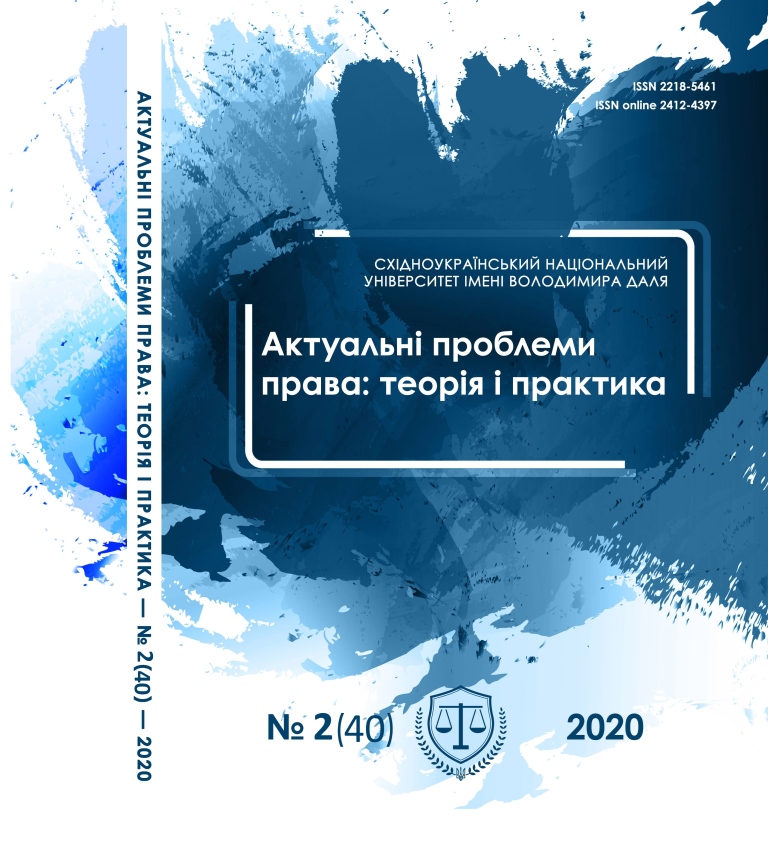METHODS OF INTERACTION OF INTERNATIONAL LABOR STANDARDS AND NATIONAL LABOR LAWS
DOI:
https://doi.org/10.33216/2218-5461-2020-40-2-120-126Abstract
Within the given law study paper the author
considered the problems of interaction between the
present international labor standards and active
national labor legislation. This research goal was
achieved by means of author`s appealing to a range
of the basic ILO international law instruments, and
research studies of the separate experts as well.
The attention is focused on the fact that modern
international labor law is reproduced as the current
and dynamic regulatory framework in the field of
labor relations. Its universal model provisions form
the content of the material norms of the current
national labor law of the overwhelming majority of
sovereign states. As a member of the International
Labor Organization, by signing and ratifying its
declarations, conventions, recommendations,
protocols, covenants and other sources of
international law, sovereign states directly create
and (or) substantially complement, reform, change,
improve domestic labor laws. This international
regulatory and regulatory ideal applies to all the
necessary aspects and conditions associated with the
commencement, continuation and termination of an
employment relationship.
The practical significance of this interaction
lies in the fact that international labor standards,
being properly incorporated into the national labor
laws of sovereign states, are or should become the
driving force and the basis for changes in the sphere
of national labor relations. These norms on a strictly
legal basis effectively provide such social benefits as
a higher standard of living of the worker, decent
wages for physical or intellectual work done by him,
a normalized working day, regular leave, sufficient pension and other legal cash security in the future,
professional growth.
It is concluded that modern developed labor
law is impossible without a comprehensive
regulatory and legal interaction of international and
national labor standards. Such interaction is carried
out through: 1) general international legal and national legal regulation of a particular sphere of social relations; 2) an appropriate correlation between the existing systems of norms of international and national labor law within the framework of a holistic legislative basis of a sovereign state; 3) international legal response to the violation of the international components of this branch of the national legal system.
Key words: the present international labor standards, active national labor legislation, interaction ways.

